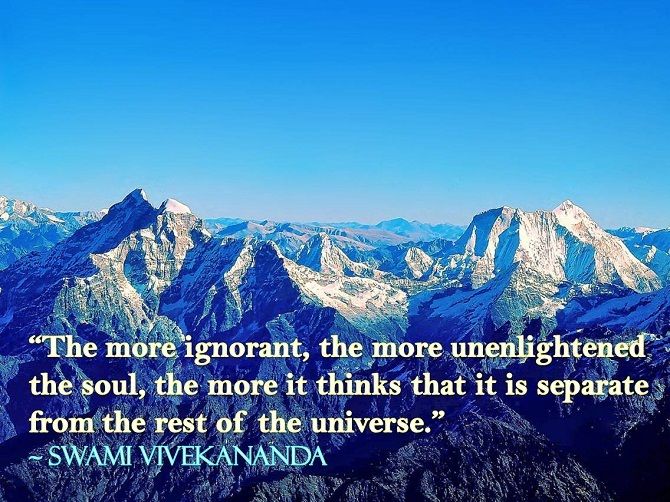SRI BHAIRAVAR
Bhairava (Sanskrit: भैरव ("Terrible" or "Frightful")sometimes known as Kala Bhairava, is a Hindu deity, a fierce manifestation of Shiva associated with annihilation.He originated in Hindu mythology and is sacred to Hindus, Buddhists and Jains alike. He is worshipped in Nepal, Rajasthan, Karnataka, Tamil Nadu and Uttarakhand.
Legends
The origin of Bhairava can be traced to the conversation between Brahma and Vishnu recounted in the Shiv Mahapuran where Vishnu asked Brahma who is the supreme creator of the Universe. Arrogantly, Brahma told Vishnu to worship him, he being the supreme creator. One day Brahma thought, "I have five heads, Shiva also has five heads. I can do everything that Shiva does and therefore I am Shiva" Brahma had become a little egoistic. Not only had he became egoistic, he started to forge the work of Shiva. Brahma started interfering in what Shiva was supposed to do. Then Mahadeva (Shiva) threw a small nail from His finger, which assumed the form of Kala Bhairava, and casually went to cut the head of Brahma. The skull of Brahma is held in the hands of Kala Bhairava; Brahma Kapala in the hands of Kala Bhairava and Brahma’s ego was destroyed and he became enlightened. Then onwards he became useful to himself and to the world and deeply grateful to Shiva. In the form of the Kaala Bhairava, Shiva is said to be guarding each of these Shaktipeeths. Each Shaktipeeth temple is accompanied by a temple dedicated to Bhairava.
Worship
His temples or shrines are present within or near most Jyotirlinga temples, the sacred twelve shrines dedicated to Shiva across India, including Kashi Vishwanath Temple, Varanasi and the Mahakaleshwar Temple at Ujjain, where at the Kal Bhairav Temple, he is worshipped by the Kapalika and Aghori sects of Shaivism, here one can also find the Patal Bhairav and Vikrant Bhairav shrines.
Kaal Bhairava temples can also be found around Shakti Peethas, as it is said Shiva allocated the job of guarding each of 52 Shakti Peethas to one Bhairava. As such it is said there are 52 forms of Bhairava, which are in fact considered as manifestation of Shiva himself.
Traditionally Kal Bhairav is the Grama devata in the rural villages of Karnataka, Maharashtra and Tamil Nadu, where he is referred to as "Bhaivara/Annadhani" Vairavar. In Karnataka, Lord Bhairava is the supreme God for the community commonly referred as "Gowdas", especially for the Gangadikara Gowda caste he is considered as the care taker and punisher.
Also another set of people in Kashmir that have their origin from Gorat, or the minister of Mata Sharika worship Bhairava during Shivratri
The Hindu reformer Adi Sankara has written a hymn on Kala Bhairava of Kashi which is called as Kala Bhairav Ashtakam.
Iconography
He is depicted ornamented with a range of twisted serpents, which serve as earrings, bracelets, anklets, and sacred thread (yajnopavita). He wears a tiger skin and a ritual apron composed of human bones.Bhairava has a dog (Shvan) as his divine vahana (vehicle). Bhairavi is a fierce and terrifying aspect of the Devi who is virtually indistinguishable from Kali, with the exception of her particular identification as the consort of Bhairava.
Kaal Bhairava is an fierce incarnation of Lord Shiva. The 8 form’s of Kaala Bhairavar are as follow…
———————————————————–
1. Asidanga Bhairava – Gives Creative Ability
2. Guru Bhairava – Divine Educator
3. Chanda Bhairava – Gives incredible energy, cuts competition and rivals
4. Kroda Bhairava – Gives You the Power to Take Massive Action
5. Unmatta Bhairava – Controls Negative Ego and Harmful Self Talk
6. Kapala Bhairava – Ends All Unrewarding Work and Action
7. Bhishana Bhairava – Obliterates Evil Spirits and Negativity
8. Samhara Bhairava – Complete Dissolution of Old Negative Karma







.gif)


